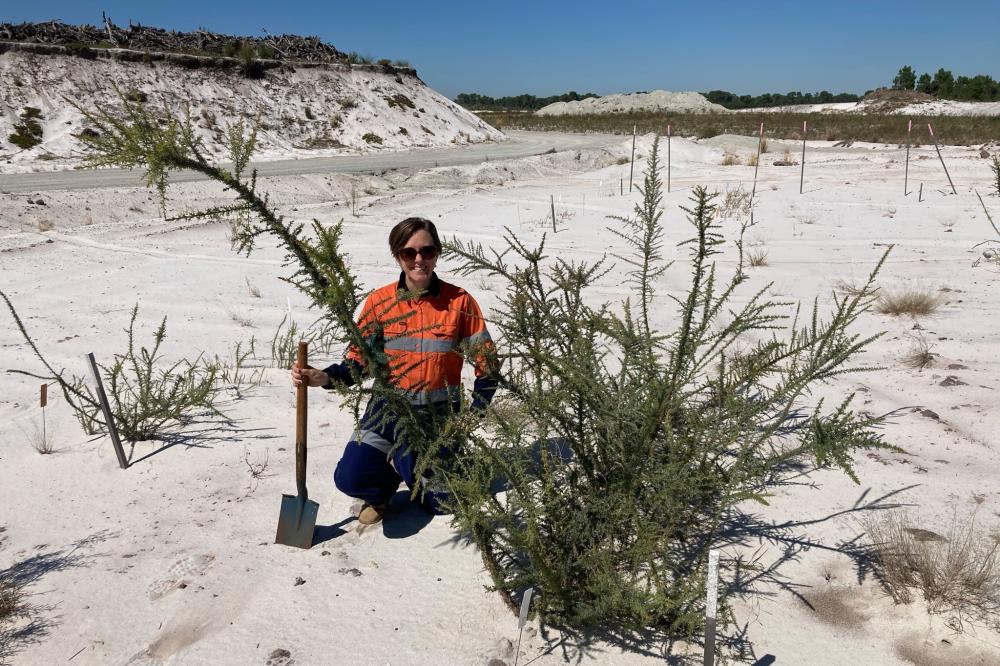Ready, aim, restore!
A team of researchers has led the development of an approach for ecosystem restoration which connects scientific research, restoration policy, and on-the-ground action.
The team consisted of researchers from Kings Park Science in Biodiversity and Conservation Science, the University of Western Australia (UWA) and Universidad Rey Juan Carlos, Spain.
The approach, recently published in the journal Ecological Applications, comes as the result of more than five years of dedicated research by the Kings Park Science team and industry collaborator Sinosteel Midwest Corporation, discovering how best to restore unique banded ironstone plant communities in the mid-west region of Western Australia.
The banded ironstone formations (BIF) are home to the State-listed 'Plant assemblages of the Koolanooka System' Threatened Ecological Community (TEC) with more than 120 plant species. These BIF-loving plants all have specific requirements and strategies to survive in this often dry and hot location.
Research scientist Dr Carole Elliott said the team developed a new ‘how to’ guide to ensure the project hit its target of restoring more than 70 percent of the known original plant diversity. Their approach sets a new industry benchmark for ecological restoration which can be applied beyond the Koolanooka System TEC to successfully plan the restoration of threatened plant communities throughout Australia and the world.
'Successful ecosystem restoration requires a combination of theoretical ecology, applied ecology, and policy,' Dr Elliott said.
'Theoretical ecology helped us understand the structure and abundance of different species required to achieve the target of over 70 percent of original diversity, while applied ecology gave us the practical tools and knowledge to restore each of these target species. Combining this knowledge informs policy and decision-making processes for future restoration projects.'
Dr Elliott added that their restoration approach was especially important for highlighting the more puzzling plants, including ephemeral and short-lived perennial species, and plants which have cryptic lifestyles.
'Some species can be more obscure, hiding out in the soil seed bank and not being present in vegetation surveys,' Dr Elliott said.
'It’s important that these species are not overlooked in the restoration process because they may provide really important ecological functions to that community and they might only pop up when there’s good rain or after a disturbance event.'
Full details of the approach, including methodology, restoration resources and photo gallery, are available in Ecological Applications and the Science Information Sheet on the Biodiversity and Conservation Science website. This research was funded by Sinosteel Midwest Corporation and supported by the WA Government, The University of Western Australia and Friends of Kings Park.








